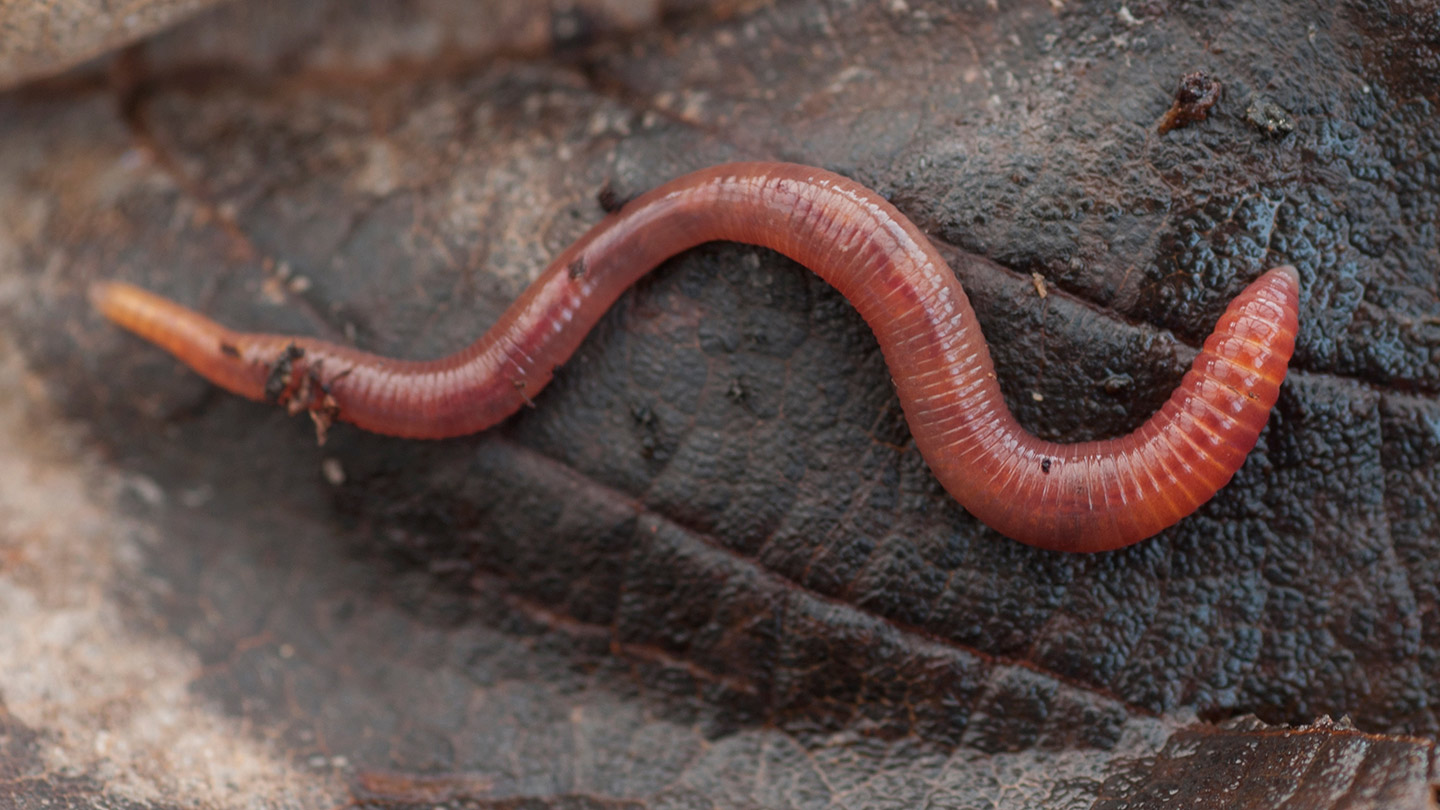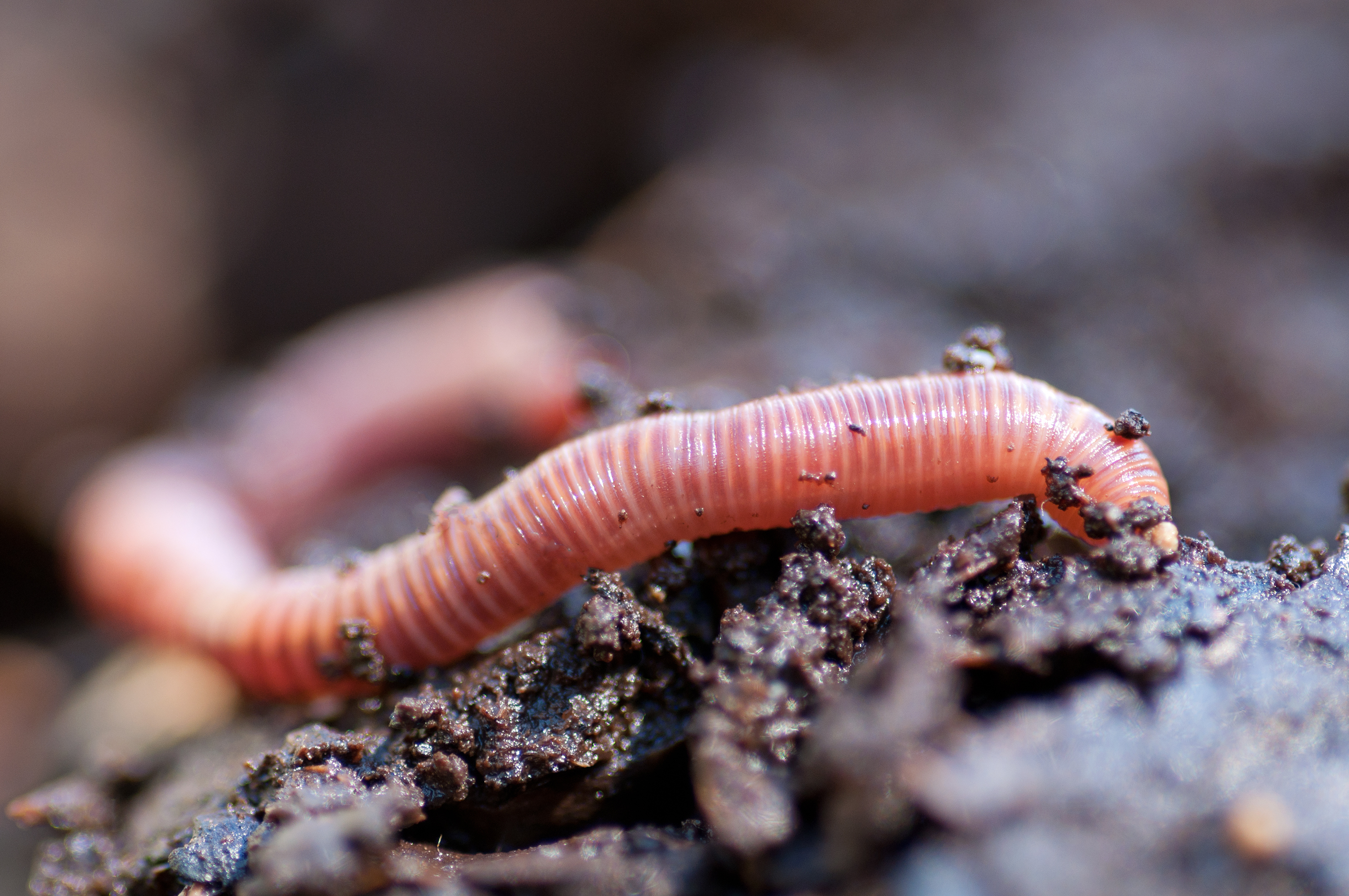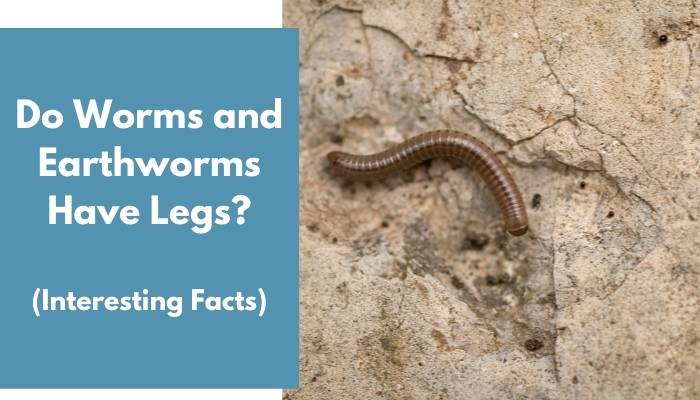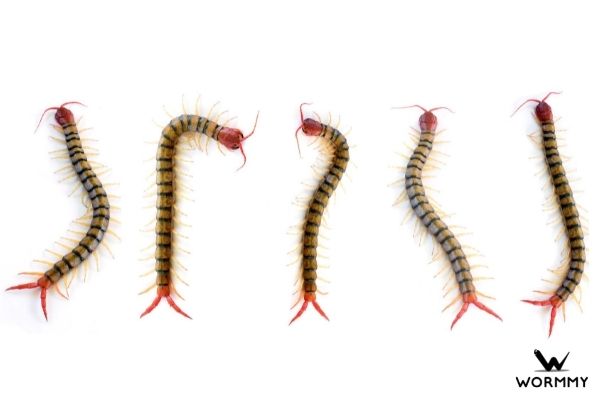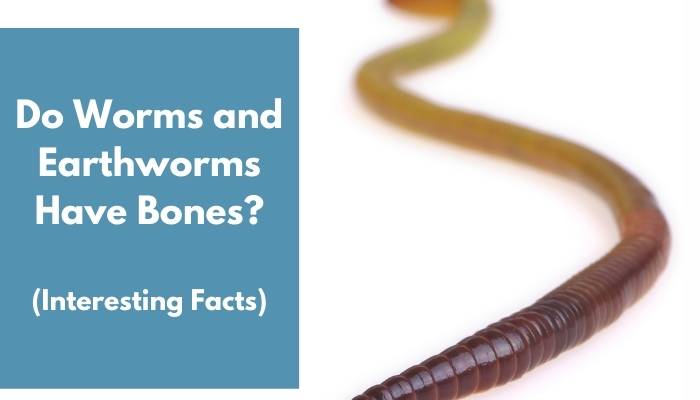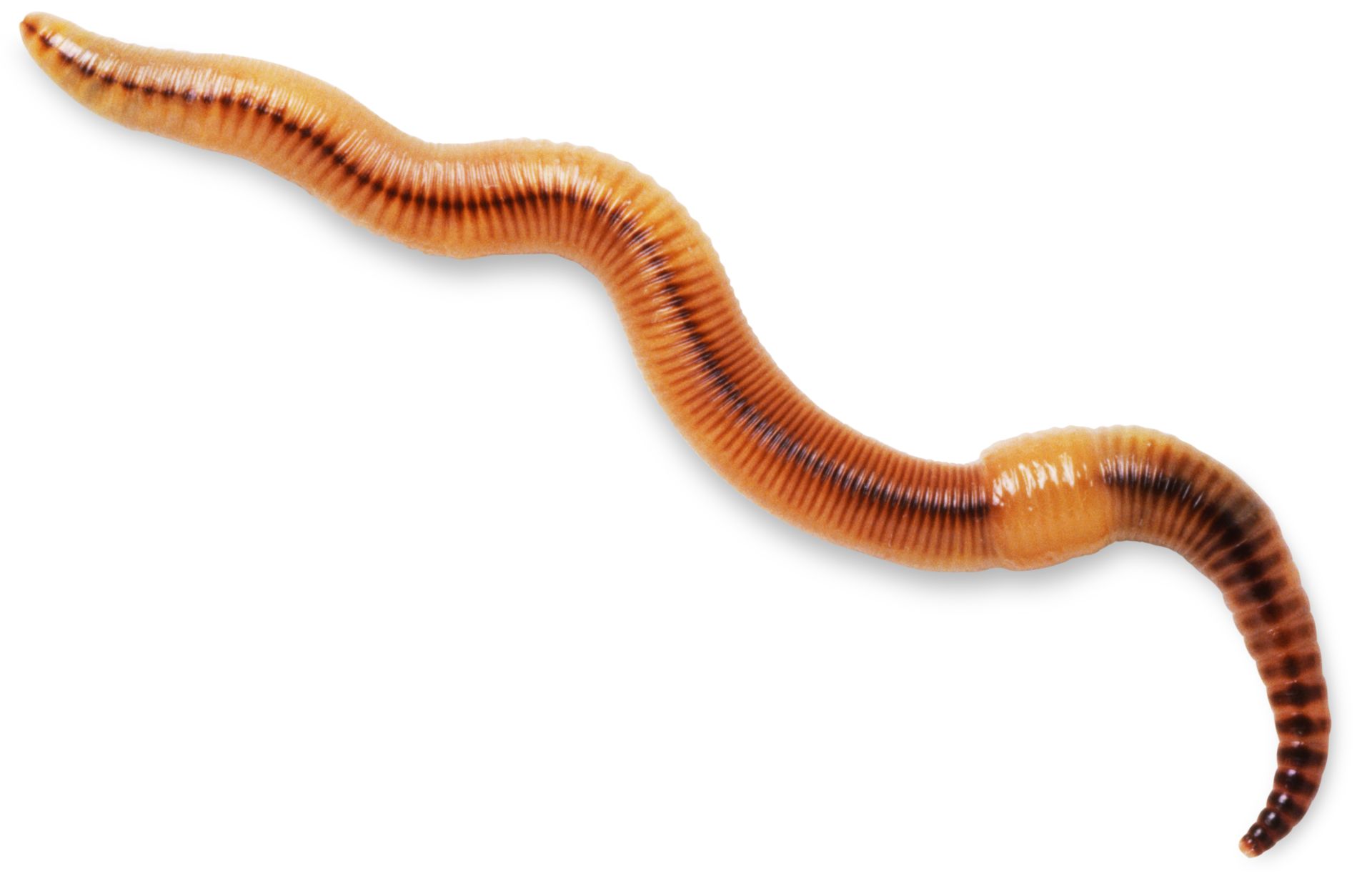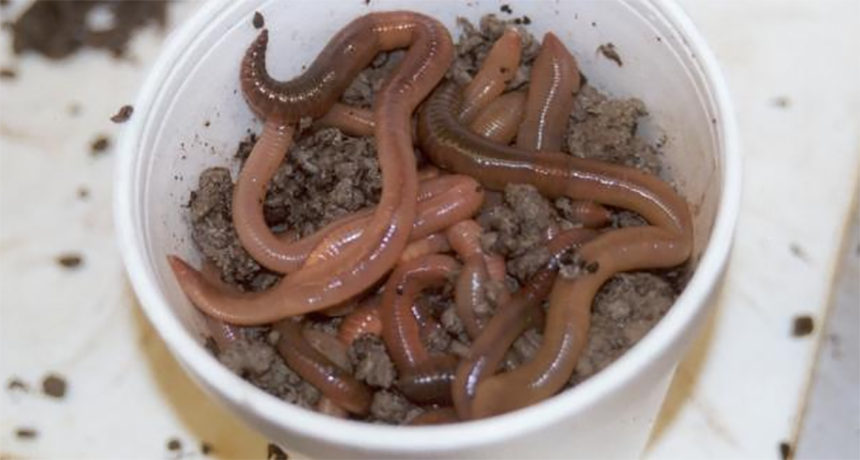
Earthworms 1) Earthworms are animals that live in the soil. 2) They do not have any eyes, ears, hands, & legs 3) They do not have any bones. 4) They are. - ppt download

Where Do Worms Go in Winter? (Questions and Answers About Animals): Labrecque, Ellen: 9781977131676: Amazon.com: Books

Jumping worms are the latest invasive species to hit Illinois. In Chicago, they're basically everywhere. - Chicago Tribune

Millipedes Insect With Long Body And Many Legs Look Like Centipedes Worm Or Train Stock Photo - Download Image Now - iStock

Earthworms: Fun activities to help kids learn about worms | Earthworms, Help kids learn, Worms preschool
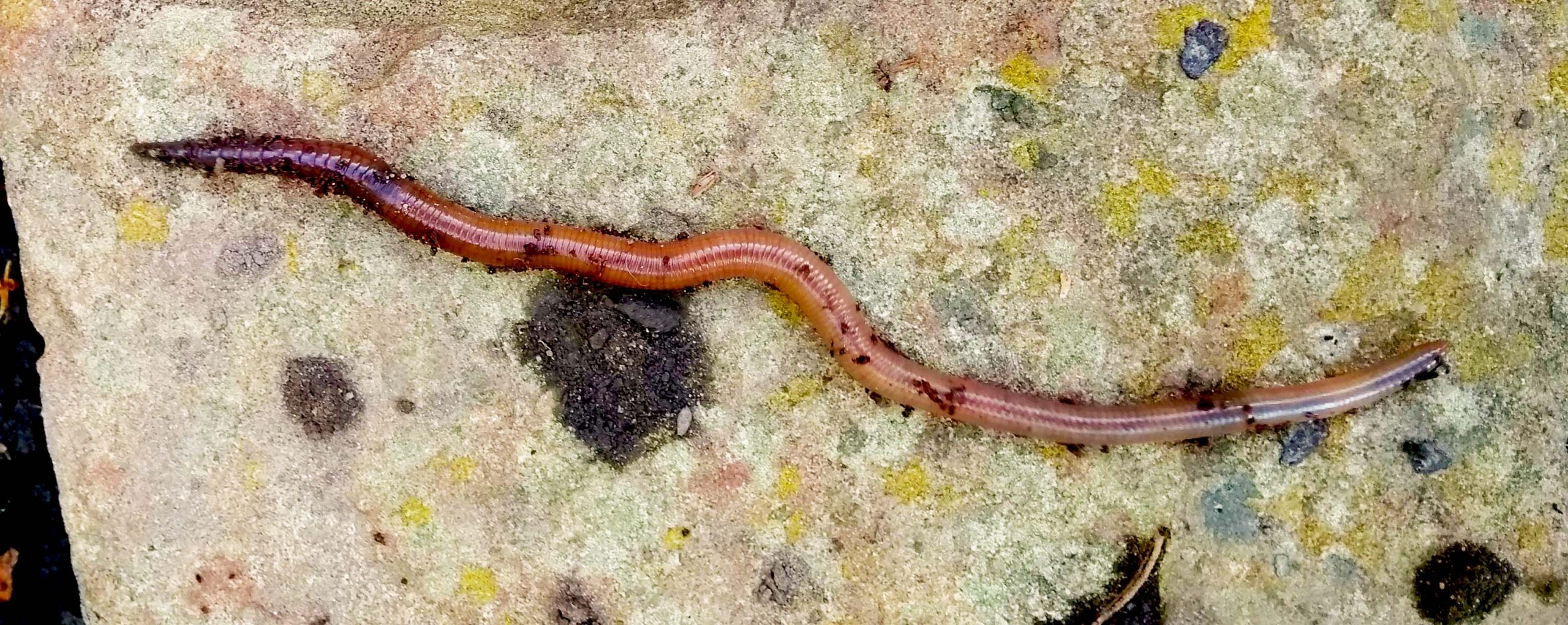
Meet the earthworm CSI & discover how worm DNA can help soil health • Grantham Centre for Sustainable Futures

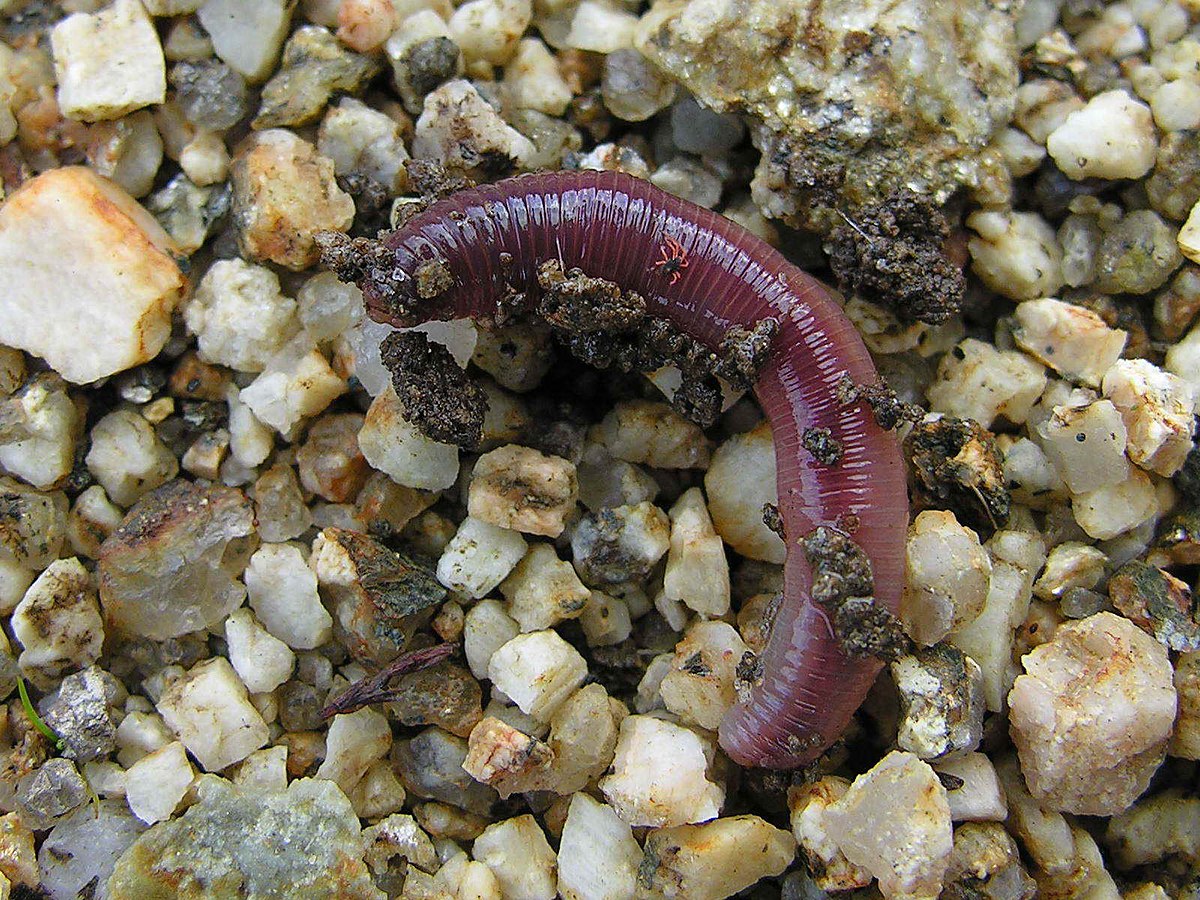
/__opt__aboutcom__coeus__resources__content_migration__mnn__images__2016__04__Millipede-Crawls-Off-Branch-64b2dd348a3b4ba2932613ad327cd8f5.jpg)



